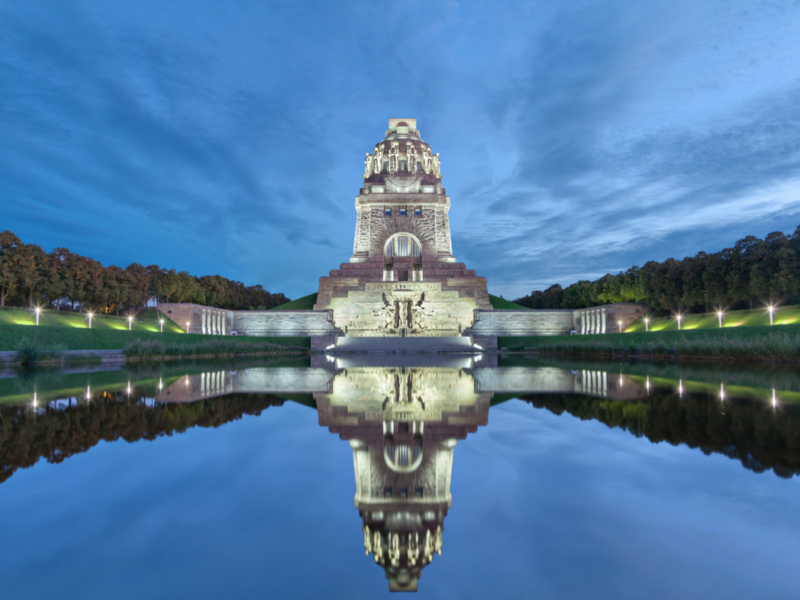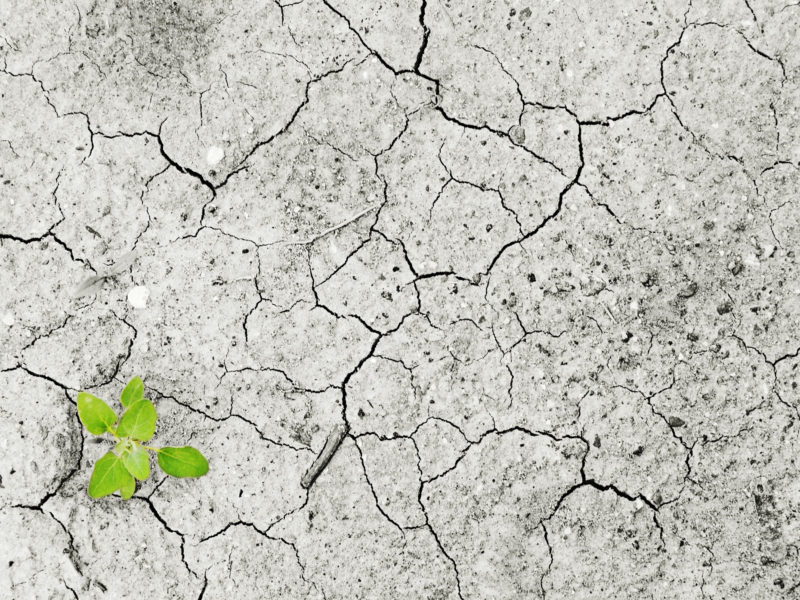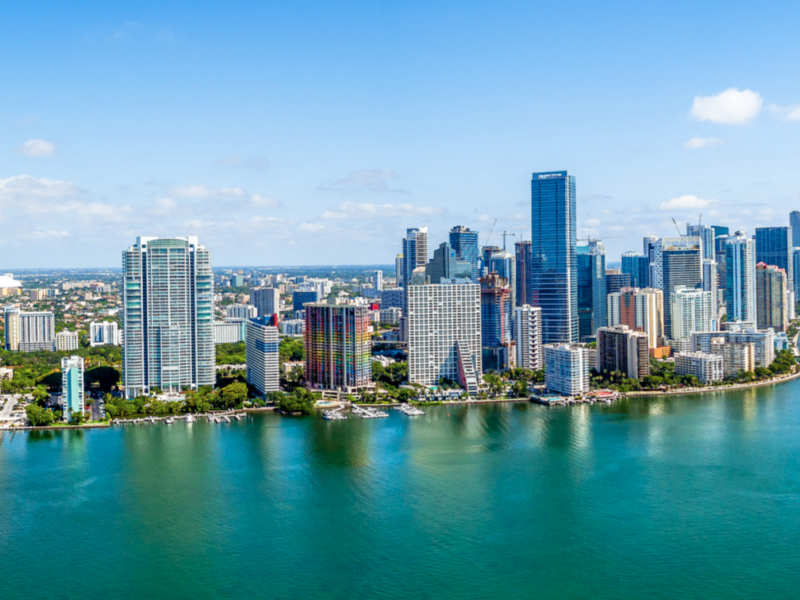Throughout history, technological advancements have been met with both wonder and trepidation. From the mechanized looms of the Industrial Revolution to the rise of artificial intelligence today, fears of unemployment and societal upheaval remain consistent. By juxtaposing concerns raised during the era of mechanized carpet making with contemporary apprehensions about AI, we can better understand the cyclical nature of our fears and perhaps find solace in historical resilience.
Automating Carpet Making: A Glimpse to the Past
The Promise:
In the late 18th and early 19th century, mechanized looms, particularly the Jacquard loom, promised increased production speeds, more intricate designs, and reduced manual labor in carpet making. These machines were symbols of progress, allowing for the mass production of textiles and introducing a new age of industrial prowess.
The Fear:
However, these looms were not universally celebrated. Artisans feared for their livelihoods. They believed that machines would replace skilled human hands, leading to job loss, deskilling of the labor force, and potential wage reductions. Additionally, there were concerns that the quality and artistry of hand-woven carpets would be lost to machine precision.
Prominent Arguments:
- Loss of Livelihood: Traditional weavers and artisans believed mechanized looms would render their skills obsolete.
- Quality Concerns: The belief that machines would sacrifice the quality and uniqueness of hand-woven carpets.
- Societal Impact: The transition to industrial production could lead to urban crowding, worker exploitation, and a shift in societal values away from craftsmanship.
Introducing AI: The Contemporary Parallel
The Promise:
Today, artificial intelligence stands at the forefront of technological evolution. With capabilities spanning from data analysis to creative arts, AI promises efficiency, accuracy, and the potential for boundless innovation. It can assist doctors with diagnoses, help in predicting weather patterns, or compose music.
The Fear:
Yet, similar to the mechanized looms of yesteryears, AI’s promise is accompanied by anxieties. There’s widespread concern that AI will displace a significant portion of the workforce, from manual jobs to professions previously considered immune to automation.
Prominent Arguments:
- Loss of Livelihood: Just as weavers feared mechanized looms, today’s workers—from truck drivers to radiologists—fear AI-driven automation.
- Loss of Human Touch: There’s a worry that AI, especially in the creative and healthcare industries, will lack the innate human touch, intuition, and empathy.
- Societal Impact: The implications of AI are profound, from potential surveillance states to the shifting dynamics of global power.
Comparing Concerns: Recurring Themes
- Economic Impact:
- Then: Looms threatened the livelihoods of individual craftsmen.
- Now: AI threatens a vast range of jobs, from blue-collar roles to high-level professionals.
- Quality vs. Quantity:
- Then: Fears of mechanized looms producing inferior quality carpets.
- Now: Worries about AI-generated content or solutions lacking human intuition or nuance.
- Societal Changes:
- Then: Urbanization, changing societal values, and potential worker exploitation.
- Now: Shifts in global power dynamics, surveillance concerns, and ethical implications of decision-making algorithms.
Learning from History: A Way Forward
It’s essential to recognize that every technological leap—be it the mechanized loom or AI—comes with its set of challenges and opportunities. The introduction of looms did lead to the displacement of certain jobs, but it also paved the way for new roles, industries, and an overall improved standard of living. Similarly, while AI will undoubtedly redefine the job landscape, it can also spawn new industries, enhance productivity, and potentially address some of our most pressing global challenges.
Embracing a proactive approach is crucial. Just as society adapted to the Industrial Revolution by introducing labor laws, education reforms, and social safety nets, today’s world needs to prepare for AI’s implications through reskilling initiatives, ethical AI guidelines, and inclusive policymaking.
In Conclusion:
The trepidations surrounding technological change are neither new nor unfounded. However, a retrospective glance at history can offer not just perspective but also hope. Just as the world adapted to the looms, creating a tapestry of new opportunities amidst challenges, so too can we weave a future with AI that harmonizes innovation with humanity’s best interests.
Read also:
AI in the Hot Seat: Echoing History’s Dance with Doomsday Fears
Virtuous AI: Incorporating Key Human Values for a Prosperous Future
Based on an inspiring conversation with OpenAI







1 comment
Comments are closed.